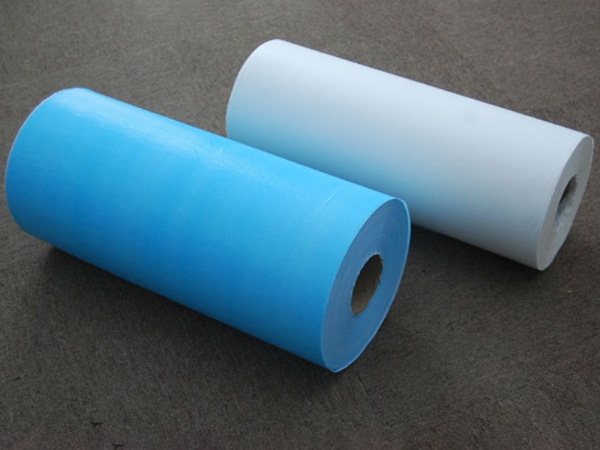
2020-12-23

1. Spunlace non-woven fabric: The spunlace process sprays high-pressure fine water onto one or more layers of fiber webs to entangle the fibers with each other, thereby strengthening the web.
2. Thermally bonded non-woven fabric: Thermally bonded non-woven fabric refers to the addition of fibrous or powdery hot-melt adhesive reinforcement materials into the fiber web, and the fiber web is heated, melted and cooled to be consolidated into a fabric.
3. Pulp air-laid non-woven fabric: Air-laid non-woven fabric can also be called dust-free paper and dry paper-making non-woven fabric. It uses air-laid technology to open the wood pulp fiberboard into a single fiber state, and then uses the air-flow method to agglomerate the fibers on the web curtain, and then strengthen the fiber web into a cloth.
4. Wet-laid non-woven fabrics: Wet-laid non-woven fabrics are used to open fiber raw materials placed in an aqueous medium into single fibers, and at the same time mix different fiber raw materials to form a fiber suspension slurry, which is transported to the web forming mechanism, In the wet state, a net is formed and then reinforced into a cloth.
5. Spunbond non-woven fabric: Spunbond non-woven fabric is formed after the polymer has been extruded and stretched to form continuous filaments, the filaments are laid into a web, and the web is bonded by itself, thermally bonded, and chemically bonded. Or mechanical reinforcement method to make the web into a non-woven fabric.
6. Melt-blown non-woven fabric: The process of melt-blown non-woven fabric: polymer feeding---melt extrusion---fiber formation---fiber cooling---web formation---reinforcement into fabric.
7. Needle-punched non-woven fabrics: Needle-punched non-woven fabrics are a kind of dry-laid non-woven fabrics. Needle-punched non-woven fabrics use the puncture effect of needles to reinforce the fluffy web into a fabric.
8. Stitched non-woven fabric: Stitched non-woven fabric is a kind of dry non-woven fabric. The stitching method uses the warp-knitted loop structure to align the fiber web, yarn layer, and non-woven materials (such as plastic sheet, plastic thin metal foil). Etc.) or their combination to be reinforced to make a non-woven fabric.
9. Hydrophilic non-woven fabric: mainly used in the production of medical and sanitary materials to achieve a better hand feeling and not scratch the skin. For example, sanitary napkins and sanitary pads use the hydrophilic function of hydrophilic non-woven fabrics.
